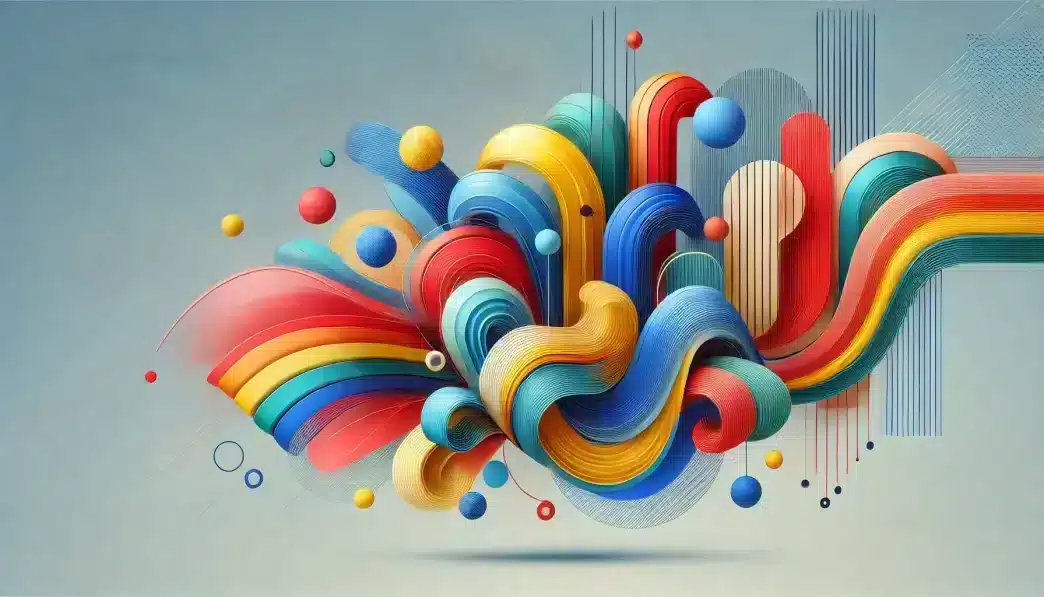What is International Colour Day?
International Colour Day is celebrated annually on March 21 to recognize the importance of color in our lives and its influence on art, science, culture, and emotions. This global event, established by the International Colour Association (AIC), celebrates the role of color in shaping creativity, communication, and understanding across different fields and cultures.
The date, March 21, aligns with the Spring Equinox, a time of balance between day and night, symbolizing harmony in the use and perception of colors worldwide.
History and Origin
International Colour Day was officially established in 2008 by the AIC (Association Internationale de la Couleur) during its General Assembly in Stockholm, Sweden. The idea was proposed to highlight the interdisciplinary nature of color and its impact on various aspects of life, including design, technology, and psychology.
Since its inception, the day has been celebrated worldwide through exhibitions, educational programs, and community events. It serves as a platform to promote awareness about the science of color and its cultural significance.
Who Celebrates International Colour Day?
- Artists and Designers: Professionals celebrate by showcasing their work and exploring the creative possibilities of color.
- Scientists and Engineers: Researchers take a closer look at the technical and scientific aspects of color in fields like optics, technology, and manufacturing.
- Educators and Students: Schools organize lessons, projects, and activities focused on the study and application of color.
- Cultural Organizations: Groups highlight the significance of color in traditions, festivals, and artistic heritage.
- General Public: Individuals participate by engaging in colorful activities, art projects, and exploring the use of color in their daily lives.
Slogans and Themes
International Colour Day emphasizes the universal importance of color in fostering creativity, connection, and cultural appreciation. Themes often focus on the intersection of science and art, as well as the emotional and social impact of colors.
Popular slogans include “Color Brings Life,” “Celebrate the Spectrum,” and “The Language of Colors.” These themes inspire people to explore the diversity and depth of colors in their surroundings.
Colors, Symbols, and Patterns
Colors
- Rainbow Spectrum: Represents the diversity and universality of color.
- Blue: Reflects calmness, trust, and the scientific study of light and color.
- Yellow: Symbolizes energy, creativity, and positivity.
Symbols
- Color Wheel: Represents the scientific and artistic exploration of color relationships.
- Spectrum: Symbolizes the full range of visible light and the endless possibilities of color.
- Palette: Highlights creativity and the human capacity to mix and use colors.
Patterns
- Gradient Effects: Symbolize the seamless blending of colors.
- Circular Motifs: Reflect harmony and balance, key principles in color theory.
- Abstract Designs: Represent the freedom of expression through color.
How to Celebrate International Colour Day
- Explore Art and Design: Visit galleries, attend workshops, or create your own art projects focusing on color.
- Learn About Color Theory: Study how colors interact, influence emotions, and shape perceptions.
- Decorate Your Space: Add colorful accents to your home or workspace to inspire creativity and positivity.
- Participate in Events: Join exhibitions, lectures, or community celebrations that highlight the use of color in art, science, and culture.
- Share Online: Use social media to showcase colorful photos, artworks, or stories, and engage with others celebrating the day.
Most Used Hashtags
- #InternationalColourDay
- #CelebrateColors
- #ColorTheory
- #ArtAndScience
- #ColorfulLife
Why is International Colour Day Important?
International Colour Day is important because it brings attention to the interdisciplinary role of color in art, science, and everyday life. Colors influence human behavior, evoke emotions, and play a vital role in communication and culture. By celebrating this day, people are encouraged to appreciate the significance of color in shaping the world around them.
The event also fosters collaboration between artists, scientists, and cultural organizations, emphasizing the universal language of colors and their power to unite people globally.
Features
March 21: Colour Day
Why do you keep falling for the same type?
Read the article Lovemaps: the hidden blueprint of our love.

